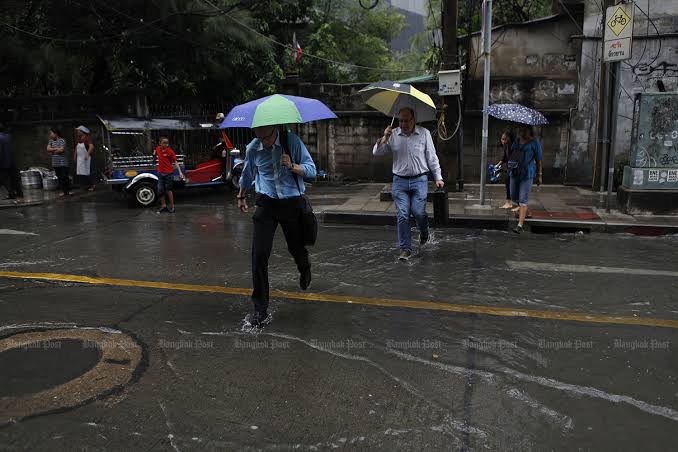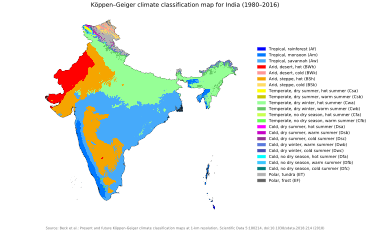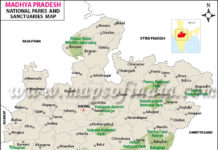Most of India has three seasons:
- Cool,
- Hot
- Rainy.
The cool season lasts from October to February. The whether then becomes mild, except in the northern mountains.
Snow usually falls in mountainous areas like Jammu and Kashmir, ladakh, and Himachal Pradesh during this season. As the altitude increases, temperatures drop below freezing point (0°C) in highly altitude areas.

No other section of India has temperatures below freezing point. The Northern plains like ladakh and Himachal Pradesh may get some frost during this season.
Southern India ( karnataka, Telangana, Andhra Pradesh, Tamil Nadu,and Kerala ) lacks a true cool season, but the weather from October to February is usually not quite as hot as during the rest of the year.
The hot season lasts from March to the end of June. The Northern plains get the greatest heat. Temperatures orphan rise to 49 degree Celsius.
Temperatures on the coastal plains stay around 29 degree Celsius or 32 degree Celsius. Cyclones often bring storms to the coastal plains ( Odisha, Maharashtra, kerla, Tamil Nadu are mostly affected area by storm and cyclones) at this time.

Parts of the Southern Plateau remain cool during the hot season. The northern mountains are cool depending on altitude.
The rainy season lasts from the middle of June to September. During this period, monsoon (seasonal winds) blow across the Indian Ocean, picking up moisture.
They reach India from the southeast and Southwest, bringing almost all the rain that falls on India. During the other two season, monsoons blow from the north or northeast.
The South west monsoons are of great importance to Indian agriculture, If the monsoons bring enough rain to the country, crops will grow.
Sometimes they fail to arrive on time and crop fail as a result. Some monsoons bring too much rain, running crops and causing distructive floods.
Rain falls most heavily in Northeastern India. Some hills and mountains slopes in this region receives an average of about 1,140 centimetres of rain a year.

The world’s heaviest recorded rainfall for one year fell at Cherrapunji, Meghalaya. This village in Meghalaya had 2,647 centimetres of rain from August 1860 July 1861.
The Thar or Indian Desert in the North Western part of the country receive less than 25 centimeters of rain a year.
Some sections of the hot, sandy and rocky desert get only about five centimeters of train annually. The monsoon season is critical to India.
Farming depends heavily on the monsoon, even though artificial sources of irrigation also commonly used. The economy prospers when the monsoon season is normal and plummets when it is not.
In the past a failure of the monsoon has brought abnormally low rains in crucial food-growing regions, leading to famine.
A failed monsoon season in the dry land areas of the Deccan Plateau can mean poor or non-existent harvest from that year’s crop.
In the Gangetic Plain, the ground water needed for irrigating the winter crop depends on the monsoon for replenishing.
However, an excessive monsoon may also spell disaster, especially in the Gangetic Plain of eastern Uttar Pradesh and Bihar, where rivers ( Ganga, Yamuna, son and different tributaries ) can flood and wash away homes and fields.
The average annual rainfall for India as a whole is 1,250 millimetre (49 in ). The heaviest rainfall occurs along the Western Ghats, often more than 3,175 mm (125 in) and on the slopes of the eastern Himalayas and khasi hills (of Meghalaya), where the town of Cherrapunji receives 10,900 millimetres (430 in ) annually.
The entire North East region ( Meghalaya, Assam, Tripura, Arunachal Pradesh ) averages more than 2,000 mm (80 in) annually, with Jharkhand, Orissa and the Bengal region receiving nearly as much.
Rain and snowfall in abundance on the entire Himalayan range.





